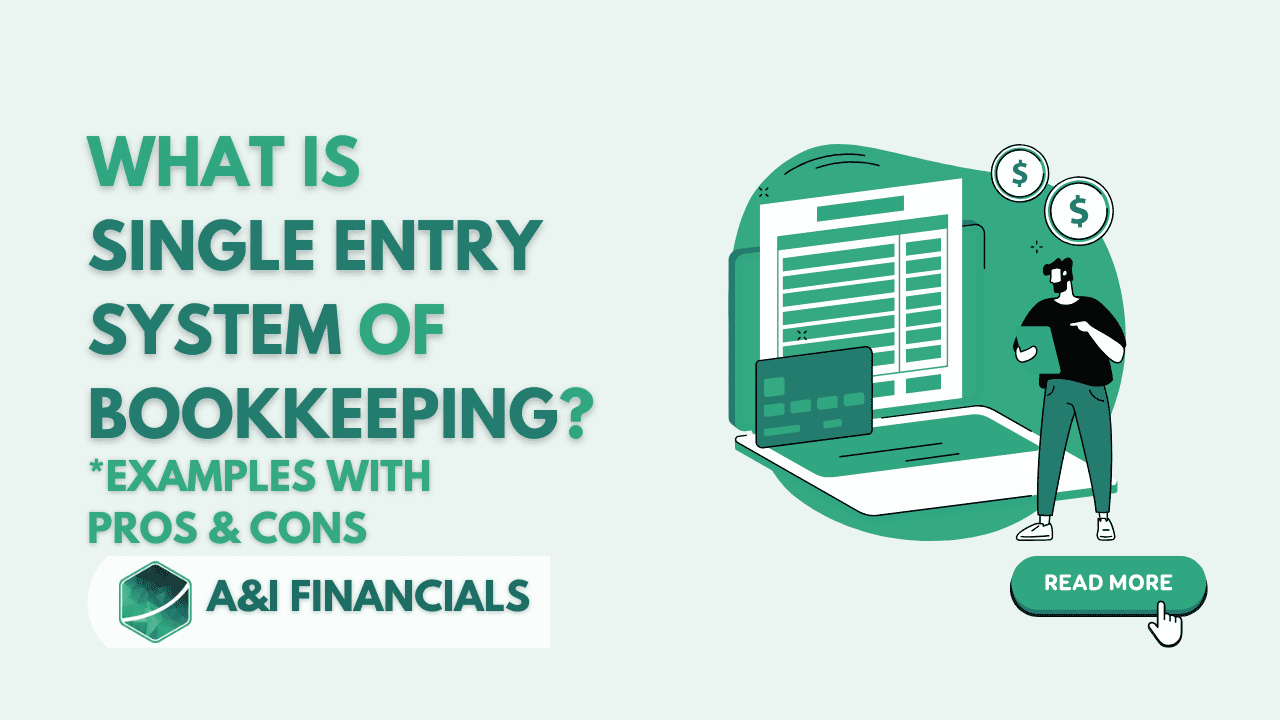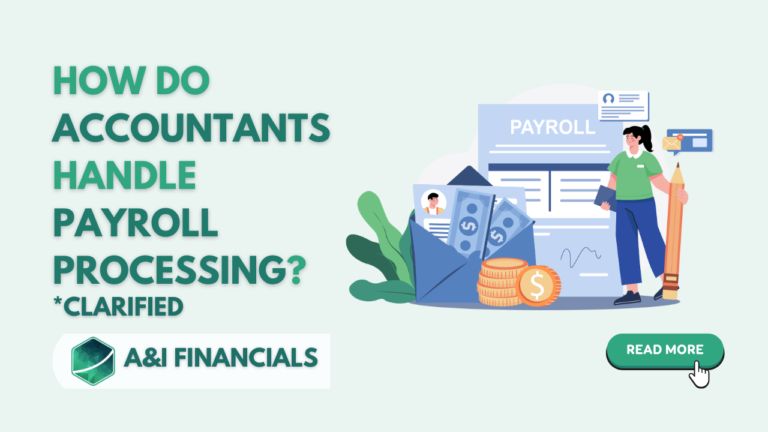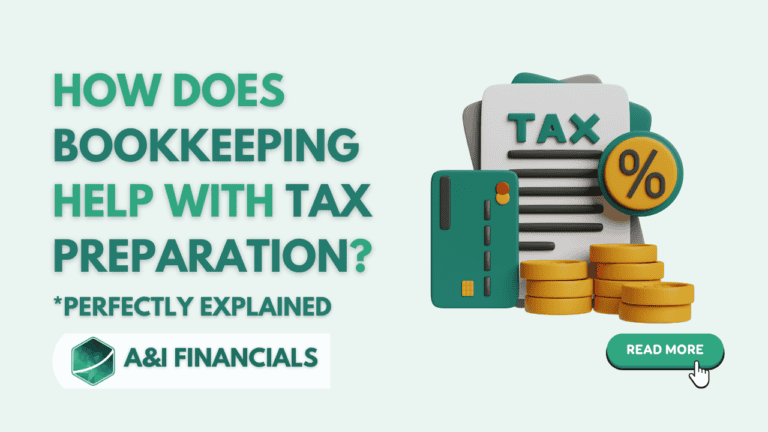What Is Single Entry System of Bookkeeping? Examples With Pros & Cons
If you’re running a small business or even just managing your personal finances, you’ve probably come across different methods of keeping track of your money. One such method is the single entry system of bookkeeping. But what exactly is it? Well, simply put, it’s a basic way of tracking financial transactions where each transaction is recorded only once, rather than as both a debit and a credit, like in double-entry bookkeeping.
Now, you might wonder, why would someone choose this system over others? Let’s dive in and find out how it works, why it’s used, and whether it might be the right fit for your business.
Understanding the Single Entry System of Bookkeeping
In the most basic terms, the single entry system is like keeping a personal checkbook. You record each financial transaction as it happens—money in, money out—and keep a running balance. It’s a straightforward system that focuses mainly on recording cash transactions rather than involving a more detailed method with debits and credits.

With this system, you won’t be able to prepare a complete balance sheet and income statement like you would with double-entry bookkeeping. Instead, your records will mostly center around your cash flow—what’s coming in and what’s going out. It’s simple and time-saving, especially for those who don’t have a lot of complex financial activity.
Key Features of Single Entry System
- Simple to Use: The biggest selling point of the single entry system is its simplicity. There’s no need to worry about complex accounting terms or figuring out how debits and credits work.
- Records Each Transaction Once: Unlike double-entry bookkeeping, where every transaction impacts two accounts, this system only records transactions once.
- Focuses on Cash Transactions: It’s primarily used to record cash receipts and payments, which can make it hard to track things like credit sales or payables.
How It Works: A Practical Example
Let’s say you run a small bakery and decide to use the single entry bookkeeping system. You record your daily sales, which might look something like this in your cash book:
- March 1: Sales – $500
- March 2: Supplies purchased – $100
- March 3: Rent paid – $300
At the end of each day, you’ll know exactly how much money you have on hand. Pretty easy, right? You won’t, however, have information about the overall financial health of your bakery, such as debts or assets. It’s mostly focused on the immediate cash balance.

Advantages of Single Entry Bookkeeping
- Simplicity
The beauty of the single entry system of bookkeeping lies in its simplicity. If you’re a small business owner who doesn’t need detailed financial reporting, this system could be perfect for you. It’s much less complicated than double entry bookkeeping, which tracks debits and credits and requires more in-depth knowledge of accounting principles.
- Cost-Effective
Most businesses using this system don’t need expensive accounting software. Often, it’s done manually or with simple spreadsheets. That’s why it’s a great option for small businesses with limited resources.

- Time-Saving
With fewer records to maintain, it’s also a great time-saver. You’re essentially just keeping a record of your income and expenses, which can be done quickly and easily. This leaves you with more time to focus on running your business, rather than managing complicated books.
- Ideal for Small Businesses
If you’re running a small or micro business, the single entry system can be enough to meet your needs. You’re likely more focused on cash flow rather than producing financial statements like large companies.
Disadvantages of Single Entry System
Of course, no system is perfect. The single entry system has its share of drawbacks, particularly if your business starts to grow.
- Lack of Financial Reporting
One of the major disadvantages is that you won’t be able to generate a full set of financial statements from the data. You’ll miss out on seeing a detailed balance sheet or income statement, making it difficult to assess your overall financial health.
- Difficulty Tracking Financial Transactions
Because this system focuses only on cash transactions, you may miss out on important data, like credit purchases or outstanding debts. It can be tricky to track every aspect of your business without a more complete bookkeeping system.

- Risk of Errors
Since it doesn’t use debits and credits to cross-check transactions, it’s easier for errors to slip through. With no double-check mechanism in place, missing a transaction could go unnoticed until you encounter bigger issues, like cash book imbalances.
- Limited Use for Larger Businesses
As your business grows, you’ll likely outgrow the single entry system. Larger businesses need detailed information on every transaction, not just cash flow. Transitioning to double entry bookkeeping becomes necessary as your operations become more complex.
Single Entry vs. Double Entry: What’s the Difference?
At this point, you might be wondering, “What’s the difference between single entry and double entry bookkeeping?” The answer lies in how each system handles transactions.
- Single Entry System: Records each transaction once. Focuses on cash transactions and is often used by small businesses.
- Double Entry System: Every transaction affects two accounts—one debit and one credit. This method provides a more detailed look at your finances, enabling you to create full financial statements and track things like inventory, liabilities, and assets.

The double entry system is ideal for businesses that need a comprehensive look at their financial situation. It allows for more accurate tracking and provides checks and balances that prevent errors. However, it requires more effort and can be more time-consuming.
Who Should Use the Single Entry System?
So, who should use the single entry bookkeeping system? In general, this system is best for:
- Sole Proprietors: If you’re a one-person show, managing a small business with minimal financial transactions, this system is perfect for keeping things simple.
- Small Businesses with Few Transactions: If your business doesn’t deal with complex finances, the single entry system is a great way to keep track of income and expenses without diving into full-blown accounting.
- Businesses with Primarily Cash Transactions: If your business mostly operates with cash transactions, the system is more than enough to keep things in order.

How to Set Up a Single Entry System
Getting started with a single entry bookkeeping system is fairly simple. Here are the basic steps:
- Record Cash Transactions: Keep track of all the cash coming in and going out of your business. This includes sales, expenses, and any personal withdrawals.
- Track Income and Expenses: Use a cash book or a simple spreadsheet to log each transaction.
- Monitor Cash Balance: Regularly check your balance to ensure that it matches your actual cash on hand.
- Keep Receipts: Always hold onto receipts and invoices to back up your records.
While this is a simple method, it’s still important to stay organized. Even if your business is small, accurate records are crucial.
Alternatives to Single Entry System
If you find that the single entry system doesn’t meet your needs, or if your business begins to grow, you might want to consider switching to double entry bookkeeping. This system provides a more comprehensive view of your business’s financial activities. It tracks debits and credits, offering you detailed insights into your financial health.

Another option is to use accounting software. There are plenty of affordable programs out there that can automate many bookkeeping tasks, saving you time and reducing errors. If your business is expanding, or you simply want more robust reporting features, software might be the way to go.
Conclusion: Is the Single Entry System Right for You?
In conclusion, the single entry system of bookkeeping is a simple, cost-effective solution for small businesses that want to keep things basic. It’s a straightforward way to track financial transactions without the complexity of double-entry bookkeeping. However, as your business grows, you might find its limitations become more evident. At that point, transitioning to a more detailed system, like double-entry, or investing in accounting software, will become necessary to keep your finances in check.
Whether you’re just starting out or you’ve been running a business for a while, understanding how the single entry bookkeeping system works will help you make more informed decisions about managing your business’s financial health. It’s simple, yes—but sometimes, simple is all you need!
FAQs on Single Entry System of Bookkeepingg
While the single entry system can track basic income and expenses, it may not provide the level of detail required for accurate tax reporting. Some businesses might need to prepare additional documentation to meet tax requirements.
Non-profit organizations often require detailed financial reporting, including tracking donations and expenses. The single entry system may be too simple for these needs, making a double-entry system or accounting software more appropriate.
Transitioning requires setting up an accounting framework that includes both debits and credits for all transactions. You might also need to convert existing single-entry records into a double-entry format.
While most accounting software supports double-entry bookkeeping, there are basic programs or tools like spreadsheets that can be adapted for a single-entry system. However, the functionality may be limited.
Legal requirements vary depending on your location and business type. Some jurisdictions may accept single-entry bookkeeping for small businesses, but others might require more detailed record-keeping. It’s important to check local regulations to ensure compliance.






